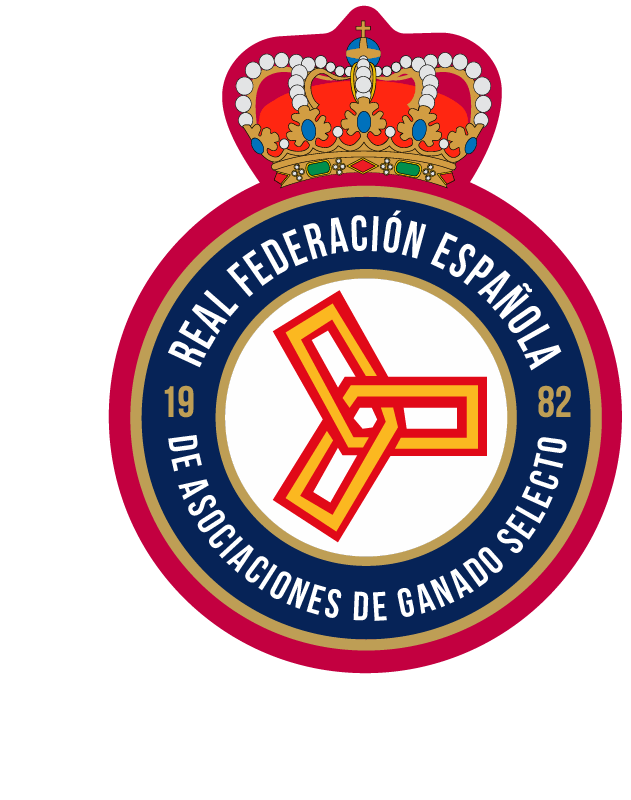GENERAL CHARACTERISTICS
It is a breed with a clear dairy biotype with a uniform black or mahogany coat (no white hair is accepted). The weight of the males ranges between 50 and 70 kg and that of the females between 40 and 55 kg.
Head of medium size, triangular with lively expression, ears of medium size and erectile, males may have a goatee. Light and slender neck in bitches, in males shorter, powerful and well set, with two symmetrical mammals or none at all.
Elongated and deep trunk with broad chest fused to a broad belly, prominent withers and straight back line ending in a sloping croup with a short, erect tail. Thin, solid, medium length limbs, slightly arched on the inside of the body with a voluminous udder.
Voluminous udders with wide insertion surface, teats set forward and outward, thin, hairless skin.
PRODUCTION CHARACTERISTICS AND EXPLOITATION SYSTEMS
The production of the Murciano-Granadina breed is oriented towards milk production. According to Official Dairy Control data, the milk production yields of the Murciano-Granadina goat are set at 310 kg of milk for first-calving goats in 150 days of lactation and 513 kg of milk for second and subsequent calving goats in 210 days of lactation.
The farming system is extensive, but increases in milk production have been observed in semi-intensive and intensive systems, with the animals adapting well to them.
Meat production is secondary to milk production, with the product obtained being the “milk goat” of 25-30 days of age and 7 to 9 kg live weight, or the ´goat major´ of 50-60 days of age.
GEOGRAPHICAL DISTRIBUTION
The animals of the Murciano-Granadina breed are mainly distributed in the Autonomous Communities of Andalusia, Murcia, Valencia, Castilla-La Mancha, the Balearic Islands, Catalonia and Extremadura.

INFORMATION
968 781 530 - Fax: 968 782 279 Móvil: 607 393 017
info@acrimur.es
https://www.murcigran.es/
C/ Baron Del Solar, 22-A, Edificio II, Entresuelo A, Puerta B. Jumilla, C.P. 30520, Murcia.
 Tell us about your characteristics and needs so that we can offer you the solution that best suits your context. Contact us if you have any clarifications or suggestions for products or services that you need.
Tell us about your characteristics and needs so that we can offer you the solution that best suits your context. Contact us if you have any clarifications or suggestions for products or services that you need.
Presupuesto total: 543.404,60 euros. Cofinanciado UE al 80% por el Fondo Europeo Agrícola de Desarrollo Rural- FEADER y al 20% por el MAPA. La Dirección General de Desarrollo Rural, Innovación y Formación Agroalimetnaria (DGDRIFA) es la autoridad de gestión encargada de la aplicación de la ayuda FEADER y nacional correspondiente.
https://ec.europa.eu/info/eu-
Creación de una base y estructura de comercialización e internacionalización de material genético de razas puras españolas mediante análisis de la situación actual y elaboración de plan estratégico para la exportación. El objetivo es desarrollar un análisis estratégico de la internacionalización y desarrollo de estructura y protocolos de comercialización del material genético según demanda y requisitos de países objetivos para las razas participantes del proyecto y para el conjunto de la cabaña ganadera España. Organismo responsable de contenido: miembros del GO EXPORTGEN.
 Tell us about your characteristics and needs so that we can offer you the solution that best suits your context. Contact us if you have any clarifications or suggestions for products or services that you need.
Tell us about your characteristics and needs so that we can offer you the solution that best suits your context. Contact us if you have any clarifications or suggestions for products or services that you need.
Presupuesto total: 543.404,60 euros. Cofinanciado UE al 80% por el Fondo Europeo Agrícola de Desarrollo Rural- FEADER y al 20% por el MAPA. La Dirección General de Desarrollo Rural, Innovación y Formación Agroalimetnaria (DGDRIFA) es la autoridad de gestión encargada de la aplicación de la ayuda FEADER y nacional correspondiente.
https://ec.europa.eu/info/eu-
Creación de una base y estructura de comercialización e internacionalización de material genético de razas puras españolas mediante análisis de la situación actual y elaboración de plan estratégico para la exportación. El objetivo es desarrollar un análisis estratégico de la internacionalización y desarrollo de estructura y protocolos de comercialización del material genético según demanda y requisitos de países objetivos para las razas participantes del proyecto y para el conjunto de la cabaña ganadera España. Organismo responsable de contenido: miembros del GO EXPORTGEN.











